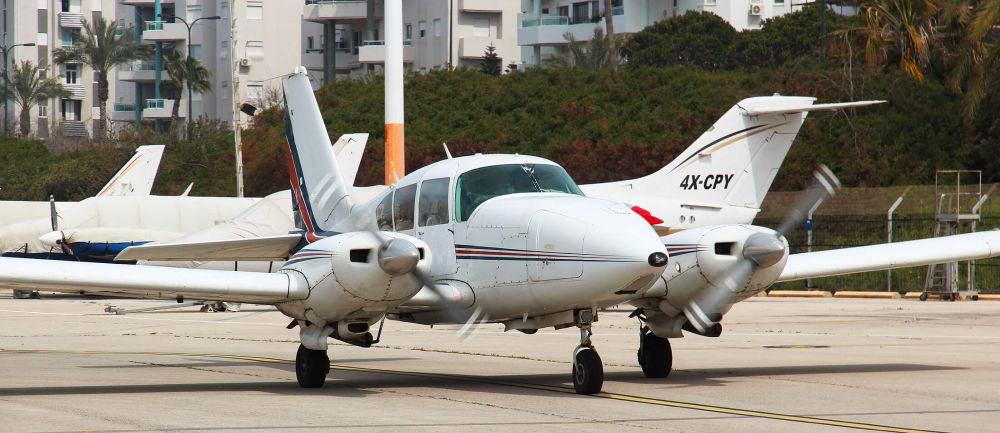Flight testing may sound like a clear enough term, but it actually stands for a whole field of action. Aerial tests can be performed for a great variety of purposes, on many different systems, incorporating teams of different sizes and skills and all kinds of aircraft. When it comes to aircraft, the choice is especially large, and it’s important to use the most suitable aircraft to make sure that the test is successful and gets you all the data you need to continue developing your system.
Aircraft for flight testing – heavy or light?
One of the first things to consider when choosing an aircraft to perform an aerial test is how heavy the airborne system is. Lighter systems do not require very big aircraft, and can be installed on small and lighter aircraft which would be agile and more flexible in flight. This may answer special requirements of the test and also provide a great saving opportunity.
However, sometimes the system is light and of smaller dimensions but still requires a large team to operate it. In this case, a smaller aircraft may not answer all of the requirements of the test and a larger, heavier aircraft may have to be used.
For consultation or booking experimental flight services contact us >
Aerial Testing Modifications
In most cases, the dimensions and weight of the system is not the only consideration. Another critical consideration is whether or not the installation of the system requires some kind of modification in the aircraft. To perform the test, many systems must be installed upom special pylons, on top of the aircraft or protruding from a bottom hatch in the fuselage. This means that not all aircraft are suitable to carry these systems for the purpose of aerial testing. Only aircraft that can be modified accordingly and installed with a bottom hatch, special carrier pylons and/or other installations would be able to successfully perform the test. Aircraft that have been modified must go through a new process of licensing to prove their airworthiness and safety.
Most often, airline companies that specialize in aerial testing already keep aircraft that have been modified for such purposes. These aircraft have already gone through the renewed licensing process and got their airworthiness certificate. This may save much time when preparing for a flight test and therefore such airlines are a good choice if you need a test to be performed as soon as possible.
Flying High and Low
As you probably know, planes come in many shapes and sizes. But another thing you should know is that different planes can fly at different maximum heights. Some airborne systems can be tested at a lower altitude, and so a regular plane would suffice for the test. Other tests may require mapping or photographing from high altitudes, or the collection of other kind of data that is only possible from a certain altitude. This means that an air-compressed aircraft may have to be used for the aerial test. An air-compressed plane creates pressurization in its cabin that enable the flight team and the system’s operators to breathe and function normally even at high altitudes of 10,000 kms and up.
The points discussed in this article are just a few of the many factors to consider when choosing an aircraft to perform the flight test you require for your system. Since we cannot all be experts in every field, it is highly recommended that you consult with a veteran and experienced airline that specializes in flight testing such as LifeAir that can give you all of the information you require on each option and advise on the best choice for your needs.
For consultation or booking experimental flight services contact us >
